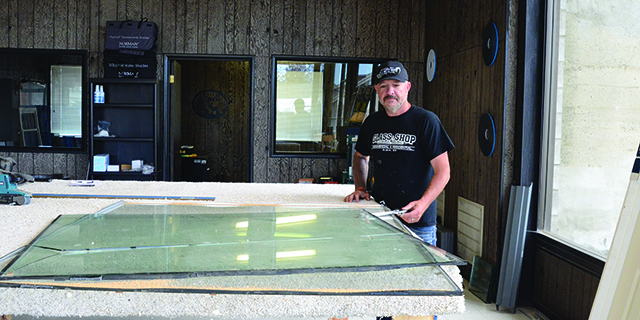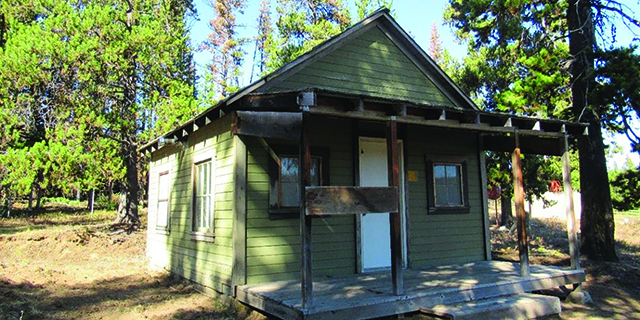Successful bow hunting takes dedication and patience
Published 5:00 pm Wednesday, September 22, 2004
The basics of bow hunting haven’t changed over the ages, as archers have used the bow and arrow to supply food for themselves and their families for thousands of years.
A bow hunter who has patience, dedication and knowledge of game can be as successful now as they were a thousand years ago.
Trending
The dedicated hunter who practices by target shooting or stump shooting increases the chances of harvest when the target is real.
There are a variety of bow styles on the market today including the longbow, recurve bow, and a variety of compound bow designs.
The longbow has a very narrow limb and a thick core. The longbow is extremely stable and can be easily shot when canted or tilted. These bows can be made to shoot varying draw weights and are surprisingly fast shooters. Longbows are light in weight and generally hand made. They are shot using the bare bow style or, in other words, instinctively (without sights).
Recurve bows are very similar to the longbow. The main difference is that the tips of the recurve bow are bent forward. They are also much shorter for a given draw- eight and easy to transport.
One of the biggest advantages to the compound bow is that the shooter does not have to hold the “pull weight” when the bow is fully drawn. This is a result of eccentric cams. The benefit is that the hunter can hold the bow at full draw for a longer period of time. This gives the compound bow a mechanical advantage over her bows.
Bows, arrows, broad heads, quivers, and other equipment should work well together and be easy to handle. All equipment, including clothing, should be very quiet.
Trending
Bow string silencers will help reduce the sound the bow string makes when an arrow is released. Even with today’s fast bows shooting at 300 feet per second (fps) plus, string silencers will reduce the number of times a deer will “jump string”.
Keep in mind that sounds travels at about 1120 fps. The time difference between the speed of sound and the string noise on arrow release is all the time a deer needs to move out of the way.
Silencing your hunting bow is not time-consuming, but it is smart. A quiet hunting bow requires a solid noise dampening system.
String silencers will also help to dampen the vibration of a bowstring. You should attach string silencers at both ends of the bowstring. Keep in mind, the closer to the middle of the string, the more inertia the string must overcome. Attach string silencers about six inches from each end.
Silencers made of rubber filaments or fleece will often work well. Some bow hunters simply use skirts from bass plugs.
Using a good stabilizer is often overlooked. A good rubber-loaded or hydraulic stabilizer system will absorb bow noise drastically. Always make sure a stabilizer is the perfect weight. A stabilizer should cause the bow to sit straight up and down in your extended hand. This will drastically decrease muscle tension. Muscle tension will throw off your accuracy.









